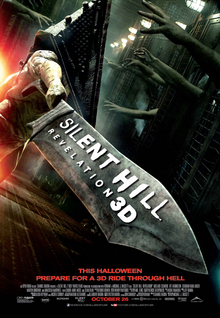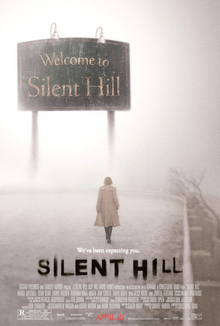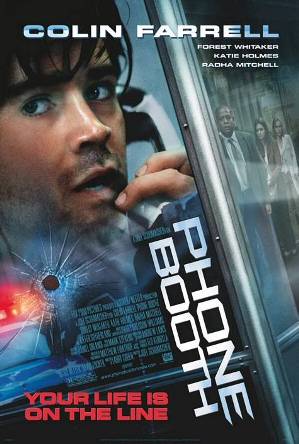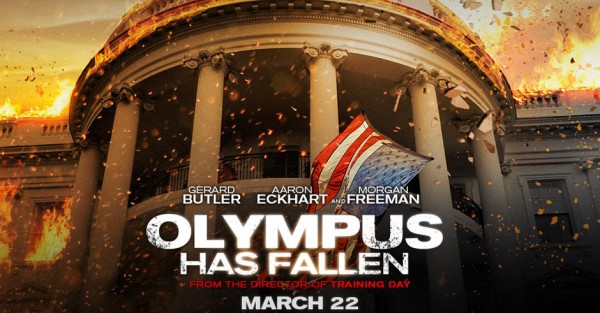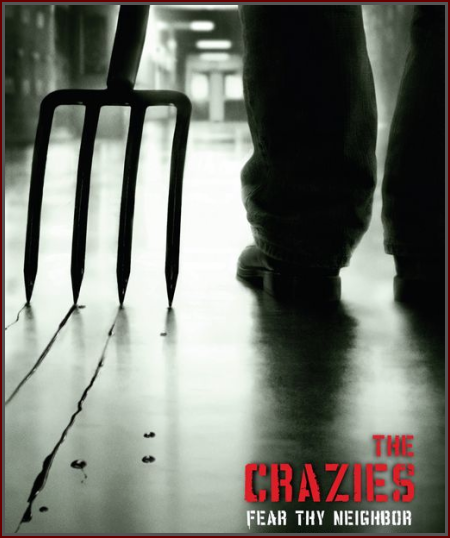In the early 80s, Robert Hansen was a respected businessman in Anchorage, Alaska. He owned a restaurant. He was known for being a family man. He held several local hunting records. Almost everyone who met him described him as being friendly and good-natured. In those days before the Internet, it wasn’t as if someone could do a Google search and discover that Hansen had a long criminal record in both Iowa and Alaska. There was no way to know that Hansen had been a teenage arsonist and that had been arrested and charged with rape in the early 70s. (The charges were ultimately plea bargained down to assault.) Even those who did know about his background felt that Hansen had turned his life around and was now an upstanding member of society.
At the same time that Hansen was a respected member of the Anchorage community, he was abducting young women and, after holding them prisoner and raping him at his cabin, flying them into the Alaskan wilderness where he would then hunt them in his own version of The Most Dangerous Game. It’s known, for sure, that Hansen murdered at least 18 women. It’s felt that the number is much higher. Along with his own good reputation, Hansen was protected by the fact that many of his victims were transients and sex workers. Their disappearances were rarely reported to the police and, when they were, the police didn’t go out of their way to find them. Much as happened with the Green River Killer in Washington State, Hansen was able to get away with his crimes for over 20 years not because he was particularly clever but because his victims were considered to be on the fringes of society.
The 2011 film, The Frozen Ground, is a fictionalized account of the investigation that led to Hansen’s arrest. John Cusack plays Robert Hansen. Nicolas Cage plays Jack Holcombe, a weary Alaskan state trooper who has to deal with uncooperative witnesses and beaurocratic indifference while investigating Hansen’s crimes. Vanessa Hudgens plays Cindy Paulson, a 17 year-old sex worker who survives her encounter with Hansen but whose story is originally ignored by the police because of what Cindy does for a living. Both Jack and Hansen comes to realize that Cindy is the only person who can positively identify the killer but Cindy has disappeared into the Anchorage underworld, working as a stripper and being manipulated by her pimp, Clate Johnson (50 Cent).
Taking full of advantage of the chilly atmosphere and the isolation of the Alaskan wilderness, The Frozen Ground is an effective journey into the heart of darkness, featuring excellent performances from Nicolas Cage and John Cusack. Cusack smoothly alternates between being the arrogant hunter and the desperate prey while Cage’s weary expression captures the psychological toll of investigating the crimes of someone like Robert Hansen. Of course, when the film came out, it received a lot of attention for featuring Vanessa Hudgens in a dramatic role. Hudgens’s performance here continues the tradition of former Disney (and Nickelodeon) actresses trying to prove their range by playing an edgy role. Though there’s a few scenes where she does seem to be trying too hard to make sure that we all know she’s capable of more than High School Musical, Hudgens is convincing for the most part.
As for the real-life Robert Hansen, he was sentenced to spend 461 years in prison for his crimes. (Alaska has no death penalty.) In 2014, three years after the release of this film, the 75 year-old Hansen died of natural causes while still incarcerated.

